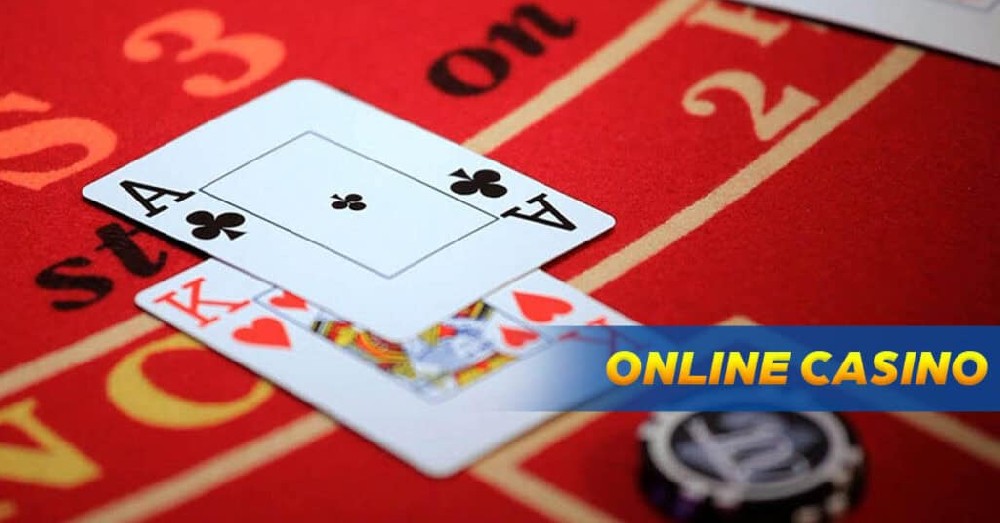01
Register
Download the app and signup for account
02
Get Ready
Deposit & get ready for play betting
03
Enjoy
Betting more and more & enjoy game

Reading Your Poker Opponents: A Comprehensive Guide
To excel at reading your opponents in poker, it's crucial to utilize all available information, including poker tells, behavior, and betting patterns. Here are the most effective ways to gain insights into your opponents' hands and strategies.
The Most Important Part: Putting Your Opponents On A Range
Identifying your opponents' potential hand range is fundamental in reading poker players. A player's range comprises all possible hands they could hold. As the hand progresses and opponents make decisions, you can narrow down their range. This skill is essential in reading your opponents accurately.
Step 1: Analyze Preflop Actions
To establish your opponent's likely hand range, start by analyzing their preflop actions. Consider their position at the table, as players in different positions play varying ranges of hands. Additionally, assess their playing style, whether passive or aggressive, to gauge their tendencies.
Step 2: Narrow Down the Range Based on Flop Action
Using information from the flop action, you can further refine your opponent's hand range. Understand what hands they should check or bet based on game theory optimal (GTO) principles, and adjust these ranges based on actual observations.
Step 3: Evaluate Additional Information
To further reduce your opponent's potential holdings, consider other factors like their stats, bet sizing, physical tells, and table dynamics. These elements provide valuable insights into their strategy.
Step 4: Keep Reducing Their Possible Holdings
Continuously refine your opponent's likely range as the hand progresses through the turn and river. Identify recurring patterns in their play and tendencies that can help you exclude certain hands from their range. Adapt your strategy as you gather more information.
How To Read Opponents in Online Poker Games
Online poker presents different challenges for reading opponents due to the absence of physical cues. Focus on two critical factors: bet sizing and the time your opponent takes to make decisions.
1. Look at Bet Sizing
Bet sizing in online poker can reveal a lot about your opponent's hand strength. Observe their consistent bet sizing patterns for strong and weak hands. Small bets may indicate a desire for a cheap showdown, while large bets often represent value bets.
2. Observe Decision Timing
The time your opponent takes to make decisions can offer valuable information:
Instant check: Likely a weak hand.
Instant bet: Except for continuation bets, suggests weaker holdings.
Instant call: Indicates medium-strength hands or draws.
Extended time for decisions: May signify strength or a deliberate attempt to appear weak.
While timing tells are player-dependent, they can help refine your reads when combined with other information.
How To Read Opponents In Live Poker Games
Live poker games provide additional physical and verbal tells that can aid in reading opponents.
Physical Tells
Physical Tells Indicating Strength
Hesitation followed by a bet or raise: Often a sign of a strong hand.
Double-checking hole cards before betting postflop: Rarely a bluffing action.
Unusual chip handling: A relaxed demeanor can indicate strength.
Physical Tells Indicating Weakness
Pretending to plan a bet while waiting: Suggests a lack of a strong hand.
Counting chips before checking: Indicates a desire for a cheap showdown.
Unnecessary movements, loud actions: Attracts attention and indicates a weak hand.
Verbal Tells
Verbal Tells Indicating Strength
Talking during a hand: Relaxed conversation may indicate a strong hand.
Declaring they lack a strong hand: Unlikely to bluff, signals a strong range.
Encouraging action: Phrases like "let's go" often signify strong holdings.
Verbal Tells Indicating Weakness
Joking while awaiting action: Smiling or laughing indicates a weak hand.
Verbally announcing a check: Signals a desire to appear confident with a weak hand.
In live poker, both physical and verbal tells offer valuable information about your opponents' hand strength and intentions. Combining these cues with other observations enhances your ability to read opponents effectively.








